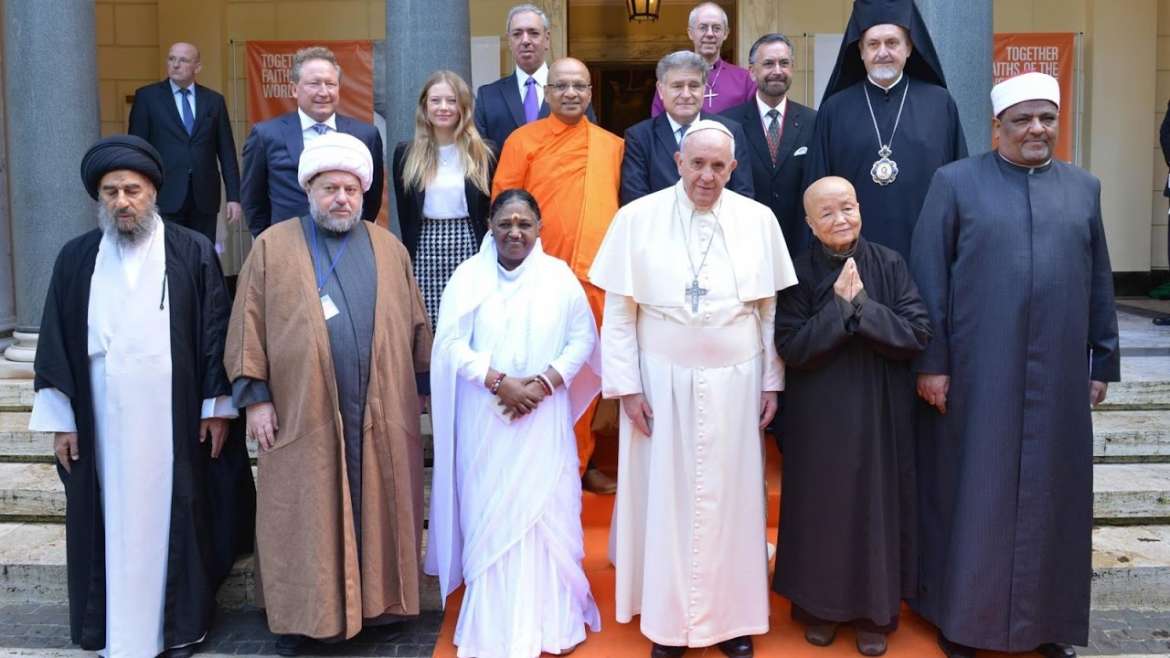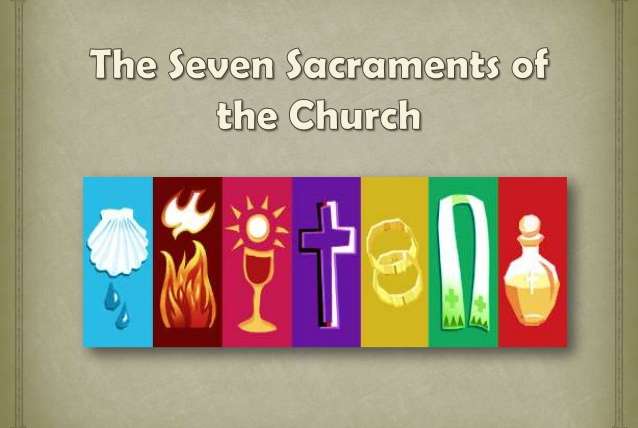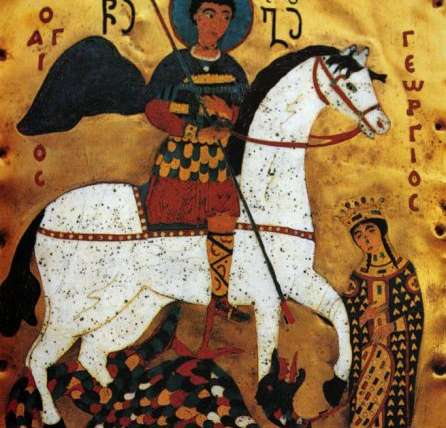The Ecumenical Movement
Definition of Ecumenical
Like most religions, Protestantism, or Christianity separate from the Catholic Church, is broken down into many sects or denominations. There are Lutherans, who usually believe in infant baptism, and there are Evangelicals, who usually do not. There are Orthodox denominations, that pray to Saints, and there are Baptists, who definitely do not. With all these differences abounding, the last 100 years or so have seen an effort to unite Christian denominations under the original teachings of Jesus Christ. This effort has come to be known as the ecumenical movement.
Edinburgh Missionary Conference
This movement toward unity had its official beginnings of sorts when Christian missionaries began realizing that their denominational differences were getting in the way of effectively working together to share the message of Jesus Christ. For instance, if a Lutheran missionary was telling a native African that he had to baptize his baby, and an Evangelical one was telling him that was plain hogwash, you can see how problems would arise. Not to mention the confusion it would cause the poor African who was just trying to figure out how to be a Christian.
Seeing the need for some change and compromise, the Edinburgh Missionary Conference of 1910 was convened to work toward unity among Protestant missionaries. Considered by many church theologians as the first official ecumenical step, this conference resulted in the formation of the International Missionary Council.
Catholicism Included
With it looking like the Protestant denominations were moving toward cooperation, and as the world suffered through the tragedies of World War II, the idea of ecumenical thinking grew from just uniting Protestant churches to including the Catholic Church, as well. In fact, the World Council of Churches was held in Amsterdam in 1948.
This historic meeting was the first assembly of the world’s Protestant and Catholic Churches. Since this first meeting, the council has continued to meet in countries like the United States, Australia, India, and Kenya. As these meetings have grown in attendance, Protestants and Catholics have continued to convene alongside one another.
Denominations Merge
Taking the movement beyond simply meeting together but still keeping your own distinct denominational identity, some denominations have chosen to merge together as one. A great example of this is the United Church of Canada, which is a union of Presbyterians, Congregationalists, and Methodists. This trend has also been seen in the United Church of Christ, a merging of Congregational-Christian Churches with Evangelical and Reformed Churches.
Lesson Summary
The 20th century saw the birth of an effort to unite Christian denominations under the original teachings of Jesus Christ. This effort has come to be known as the ecumenical movement.
Being born from the desire of Protestant missionaries to have greater cooperation among themselves, the Edinburgh Missionary Conference of 1910 was the first official step of the movement. This conference resulted in the formation of the International Missionary Council.
As this cooperation continued, and as World War II divided the world, the ecumenical movement extended its boundaries to include Catholicism. An example of this was the World Council of Churches, held in Amsterdam in 1948. This was the first assembly of the world’s Protestant and Catholic churches. Since this first meeting, the council has continued to meet in countries around the globe.
The ecumenical movement has also seen the merging of Christian denominations. An excellent example of this is the United Church of Canada, as well as the United Church of Christ.
Source: https://study.com/academy/lesson/the-ecumenical-movement-of-the-20th-century.html



